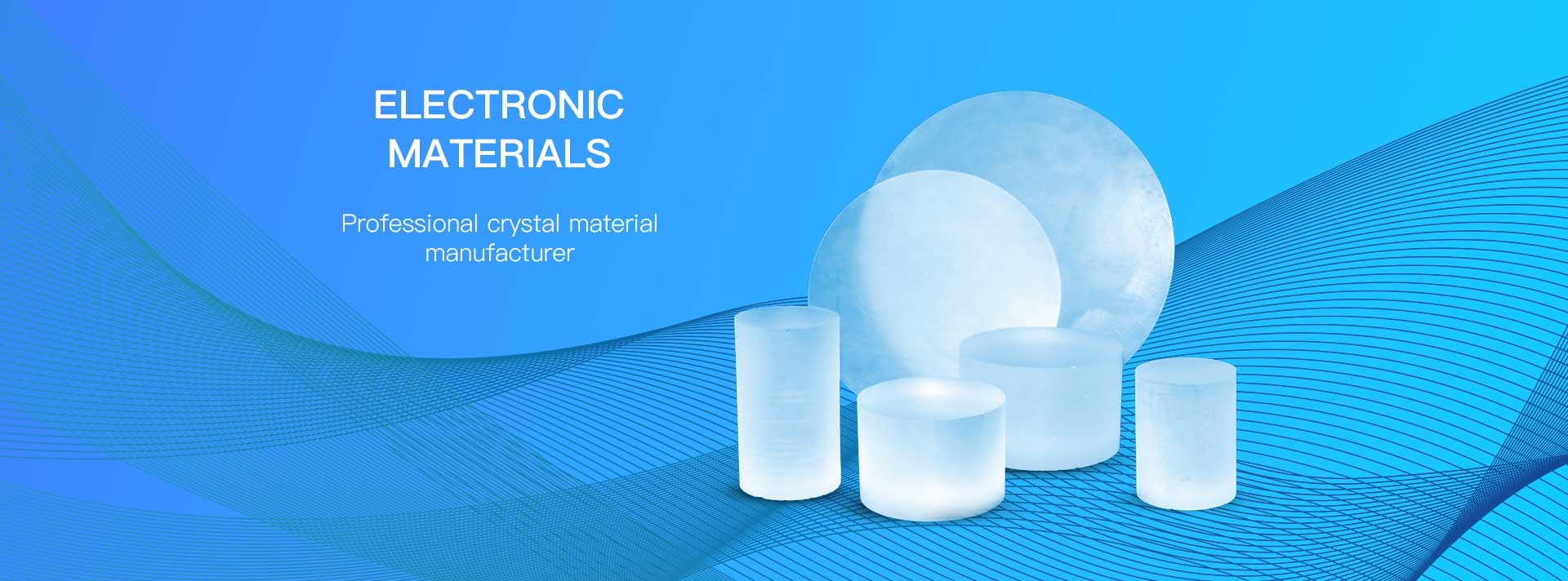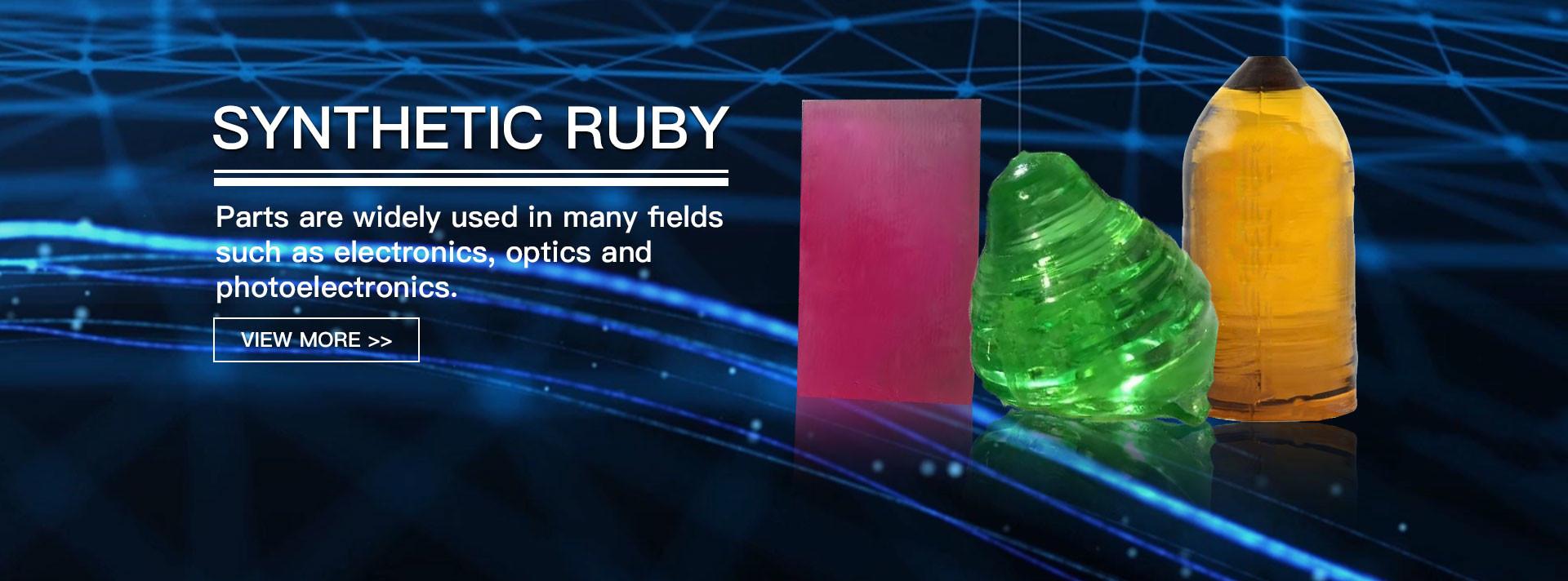Understand the film preparation (MOCVD, magnetron sputtering, PECVD) technology
This article will introduce several methods for fabricating thin films. In semiconductor processing, the most frequently mentioned techniques are lithography and etching, followed by the epitaxy (film) process.
Why is thin-film technology necessary in chip manufacturing?
For instance, in daily life, many people enjoy eating pancakes. If a square-shaped pancake is not seasoned and baked, it won't have any flavor and the texture won't be good. Some people prefer a salty taste, so they brush a layer of bean paste on the surface of the pancake. Others prefer a sweet taste, so they brush a layer of malt sugar on the surface.
After brushing the sauce, the layer of salty or sweet sauce on the surface of the pancake is like a film. Its presence alters the taste of the entire pancake, and the pancake itself is called the base.
Of course, during the chip processing, there are many types of functions for the films, and corresponding film preparation methods also vary. In this article, we will briefly introduce several common film preparation methods, including MOCVD, magnetron sputtering, PECVD, etc....
I. Metal Organic Chemical Vapor Deposition (MOCVD)
The MOCVD epitaxial growth system is a highly complex and sophisticated device, which plays a crucial role in the preparation of high-quality semiconductor films and nanostructures.
The MOCVD system consists of five core components, each of which performs distinct but interrelated functions, collectively ensuring the efficiency and safety of the material growth process.
1.1 Gas Transport System: The main responsibility of this subsystem is to precisely control the delivery of various reactants to the reaction chamber, including the measurement of reactants, the timing and sequence of their delivery, as well as the regulation of the total gas flow rate.
It is composed of several subsystems, including the gas supply subsystem for carrying the reactants, the supply subsystem for providing metal organic (MO) sources, the supply subsystem for supplying hydrides, and the growth/venting multiplex valve for controlling the gas flow direction. As shown in the figure below, it is the gas path schematic diagram of the MOCVD growth system.
AIXTRON CCS 3 x 2" Research-grade Nitride MOCVD System
Schematic diagram of the gas path of the MOCVD system
1.2 Reaction Chamber System: This is the core component of the MOCVD system, responsible for the actual material growth process.
This section includes a graphite base for supporting the substrate, a heater for heating the substrate, a temperature sensor for monitoring the temperature of the growth environment, an optical detection window, and an automatic loading and unloading robot for handling the substrate. The latter is used to automate the loading and unloading process, thereby improving production efficiency. The figure below shows the heating state diagram of the MOCVD reactor chamber.
Schematic diagram of the in-chamber growth principle of MOCVD
1.3 Growth Control System: Composed of a programmable controller and a control computer, it is responsible for the precise control and monitoring of the entire MOCVD growth process.
The controller is responsible for collecting, processing and outputting various signals, while the control computer is responsible for recording and monitoring each stage of material growth, ensuring the stability and repeatability of the process.
1.4 In-situ Monitoring System: It consists of reflectance-corrected infrared radiation thermometers, reflectance monitoring equipment, and warpage monitoring devices.
This system can monitor the key parameters during the material growth process in real time, such as the thickness and uniformity of the film, as well as the temperature of the substrate. Thus, it enables immediate adjustments and optimizations of the growth process.
1.5 Exhaust Gas Treatment System: Responsible for handling the toxic particles and gases generated during the reaction process.
By means of methods such as cracking or chemical catalysis, these harmful substances can be effectively decomposed and absorbed, ensuring the safety of the operating environment and compliance with environmental protection standards.
Furthermore, MOCVD equipment is usually installed in ultra-clean rooms equipped with advanced safety alarm systems, effective ventilation devices, and strict temperature and humidity control systems. These auxiliary facilities and safety measures not only ensure the safety of the operators, but also enhance the stability of the growth process and the quality of the final products.
The design and operation of the MOCVD system reflect the high standards of accuracy, repeatability and safety required in the field of semiconductor material fabrication. It is one of the key technologies for manufacturing high-performance electronic and optoelectronic devices.
The vertical type close-coupled spray head (Closed-Coupled-Showerhead, CCS) MOCVD system in the equipment chamber is used for growing epitaxial films.
This system is designed with a unique spray head structure. Its core feature lies in the ability to effectively reduce pre-reactions and achieve efficient gas mixing. These gases are injected into the reaction chamber through the interlaced spray holes on the spray head, where they fully mix and thereby improve the uniformity and efficiency of the reaction.
The spray head structure design enables the reaction gas to be evenly distributed onto the substrate located beneath it, ensuring the consistency of the reaction gas concentration at all positions on the substrate. This is crucial for forming an epitaxial film with uniform thickness.
Furthermore, the rotation of the graphite disk further promotes the uniformity of the chemical reaction boundary layer, enabling a more uniform growth of the epitaxial film. This rotational mechanism, by reducing the boundary layer of the thin chemical reaction, helps to minimize local concentration differences, thereby enhancing the overall uniformity of the film growth.
(a) The actual spray head and its partial enlarged photo, (b) The internal structure intention of the spray head
II. Magnetron Sputtering
Magnetron sputtering is a physical vapor deposition technique commonly used for thin film deposition and surface coating.
It uses a magnetic field to release the atoms or molecules of a target material from the surface of the target, and then forms a film on the surface of the substrate material.
This technology is widely applied in the manufacturing of semiconductor devices, optical coatings, ceramic coatings, and other fields.
Schematic diagram of the magnetron sputtering principle
The principle of magnetron sputtering is as follows:
1. Target material selection: The target material is the material that is to be deposited onto the substrate material. It can be metals, alloys, oxides, nitrides, etc. The target material is usually fixed on a device called a target gun.
2. Vacuum environment: The sputtering process must be carried out in a high vacuum environment to prevent the interaction between gas molecules and the target material. This helps to ensure the purity and uniformity of the deposited film.
3. Ionized gas: During the sputtering process, an inert gas (such as argon) is usually introduced to ionize it into a plasma. These ions, under the influence of a magnetic field, form an electron cloud, which is called "electron cloud plasma".
4. Magnetic field application: A magnetic field is applied between the target material and the substrate material. This magnetic field confines the electron cloud plasma to the surface of the target material, thereby maintaining a high energy state.
5. Sputtering process: By applying a high-energy electron cloud plasma, the atoms or molecules of the target material are struck, thereby being released. These released atoms or molecules will deposit in the form of vapor on the surface of the substrate material, forming a film.
The advantages of magnetron sputtering include:
1. Uniformity of the deposited film: The magnetic field can help control the transmission of ions, thereby achieving uniform film deposition, ensuring that the thickness and properties of the film remain consistent throughout the entire substrate surface.
2. Preparation of complex alloys and compounds: Magnetron sputtering can be used to fabricate complex alloy and compound films, which may be more difficult to achieve through other deposition techniques.
3. Controllability and modifiability: By adjusting parameters such as the composition of the target material, gas pressure, and deposition rate, the properties of the film, including thickness, composition, and microstructure, can be precisely controlled.
4. High-quality films: Magnetron sputtering can typically produce high-quality, dense and uniform films with excellent adhesion and mechanical properties.
5.Multi-functionality: It is applicable to various material types, including metals, oxides, nitrides, etc. Therefore, it has wide applications in different fields.
6. Low-temperature deposition: Compared with other techniques, magnetron sputtering can be carried out at low temperatures or even at room temperature, making it suitable for applications where the substrate material is temperature-sensitive.
Overall, magnetron sputtering is a highly controllable and flexible thin film fabrication technology, applicable to a wide range of application fields, from electronic devices to optical coatings, etc.
III. Plasma Enhanced Chemical Vapor Deposition
Plasma Enhanced Chemical Vapor Deposition (PECVD) technology is widely used in the preparation of various films (such as silicon, silicon nitride and silicon dioxide, etc.).
The structural diagram of the PECVD system is shown in the following figure.
Schematic diagram of the plasma-enhanced chemical vapor deposition system structure
The basic principle is as follows: Gaseous substances containing the components of the film are introduced into the deposition chamber. Using plasma discharge, the gaseous substances undergo chemical reactions to generate plasma. When this plasma is deposited on the substrate, a film material is grown.
The methods for initiating glow discharge include: radio frequency excitation, direct current high voltage excitation, pulse excitation and microwave excitation.
The thickness and composition of the films prepared by PECVD exhibit excellent uniformity. Moreover, the films deposited by this method have strong adhesion and can achieve high deposition rates at relatively low deposition temperatures.
Generally speaking, the growth of thin films mainly involves the following three processes:
The first step is that the reactive gas, under the excitation of the electromagnetic field, undergoes a glow discharge to generate plasma.
During this process, electrons collide with the reactive gas, initiating a primary reaction, which leads to the decomposition of the reactive gas and the generation of ions and reactive groups.
The second step is that the various products generated from the primary reaction move towards the substrate, while various active groups and ions undergo secondary reactions to form secondary products.
The third step involves the adsorption of various primary and secondary products on the substrate surface and their subsequent reaction with the surface. Concurrently, there is the release of gaseous molecular substances.
IV. Thin Film Characterization Techniques
4.1 X-ray Diffraction (XRD)
XRD (X-ray Diffraction) is a commonly used technique for analyzing crystal structures.
It reveals information such as the lattice parameters, crystal structure and crystal orientation of the material by measuring the diffraction patterns of X-rays on the crystal structure within the material.
XRD is widely used in various fields such as materials science, solid-state physics, chemistry, and geology.
Schematic diagram of XRD testing principle
Working principle: The basic principle of XRD is based on the Bragg law. That is, when an incident beam is shone onto a crystal sample, if the atomic or ionic lattice in the crystal is in a specific arrangement, X-rays will be diffracted. The angle and intensity of the diffraction can provide information about the structure of the crystal.
Bruker D8 Discover X-ray diffractometer
Instrument composition: A typical XRD instrument consists of the following components:
1. X-ray source: A device that emits X-rays, usually using tungsten or copper targets to generate X-rays.
2. Sample platform: A platform for placing samples, which can be rotated to adjust the angle of the samples.
3. X-ray detector: Used to measure the intensity and angle of diffraction light.
4. Control and Analysis System: This includes the software system for controlling the X-ray source, data acquisition, analysis, and interpretation.
Application fields: XRD has important applications in many fields, including but not limited to:
1. Crystallographic research: Used to analyze the crystal structure of crystals, determine lattice parameters and crystal orientation.
2. Material Characterization: Analyze information such as the crystal structure, phase composition, and crystal defects of the material.
3. Chemical Analysis: Identify the crystal structures of inorganic and organic compounds, and study the interactions between molecules.
4. Film analysis: This is used to study the crystal structure, thickness, and lattice matching of the film.
5. Mineralogy and Geology: Used for identifying the types and contents of minerals, and studying the composition of geological samples.
6. Drug Research: Analyzing the crystal structure of a drug is helpful in understanding its properties and interactions.
Overall, XRD is a powerful analytical technique that enables scientists and engineers to gain a deep understanding of the crystal structure and properties of materials, thereby promoting research and applications in materials science and related fields.
Photo of the XRD diffractometer
4.2 Scanning Electron Microscope (SEM)
The scanning electron microscope (SEM) is a commonly used type of microscope. It uses an electron beam instead of a light beam to illuminate the sample, enabling high-resolution observation of the surface and morphology.
SEM is widely used in fields such as materials science, biology, and geology.
The basic working principle of SEM is as follows:
SEM uses an electron gun to generate an electron beam. This electron gun is similar to the one found in an electron tube (CRT), generating high-energy electrons. The electron beam passes through a collimation system, which consists of a series of electron lenses, to focus and align the electron beam, ensuring the stability and focus of the beam. Under the control of the scanning coil, the electron beam scans the surface of the sample.
The position of the electron beam can be precisely controlled, thereby generating scanning pixels on the sample.
The sample is placed on the sample stage of the SEM. The sample needs to be conductive because in the SEM, the electron beam needs to interact with the sample surface to generate secondary electrons, etc. When high-energy electron beams hit the sample surface, they interact with the atoms and molecules in the sample. These interactions cause the scattering, escape, and excitation of electrons, generating various signals. The SEM detection analyzes the various signals generated from the sample surface, mainly including secondary electrons (SE) and backscattered electrons (BSE).
These signals provide information about the surface morphology, structure and composition of the sample. By controlling the scanning position of the electron beam on the sample, SEM can obtain the pixel information of the sample surface. These information are processed and displayed by a computer, generating high-resolution images of the sample surface.
SEM physical image
4.3 Atomic Force Microscope (AFM)
Atomic Force Microscope (AFM) is a high-resolution microscopic technique, mainly used to observe the atomic-scale and nanoscale features of samples. Its working principle is based on the interaction between the probe and the sample surface. By measuring the position changes of the probe, it can obtain the topography and topological information of the sample surface.
In AFM, a very fine probe, usually made of silicon or other materials with a nanoscale tip, is used. The probe is connected to the scanning head through a cantilever or a piezoelectric device, with the tip of the probe close to the sample surface. When the probe is close to the sample surface, interactions occur between the atoms and molecules of the sample and the probe, including electrostatic forces, van der Waals forces, and chemical bond interactions, etc. The movement of the cantilever or piezoelectric device is controlled to maintain a certain force between the probe tip and the sample surface.
AFM employs a feedback system to maintain a constant force between the probe and the sample. When the height or position of the probe changes, the feedback system automatically adjusts the position of the cantilever to keep the force constant. The probe and the sample move relative to each other, usually on a two-dimensional grid, forming a scan. At each scan point, the unevenness of the sample surface causes the position of the probe tip to change. By measuring the position change of the probe, topological information of the sample surface can be obtained. Finally, the collected data is processed to generate a high-resolution topological image of the sample surface.
AFM has extensive applications in multiple fields. It is used in areas such as materials science, biology, and nanotechnology, helping researchers gain a deeper understanding of the surface morphology and structure of materials, and even enabling the manipulation of nano-scale structures.
The advantages of AFM include high resolution, non-destructiveness and multiple working modes, making it a powerful tool for observing and researching at the nanoscale.
AFM physical image
Schematic diagram of the measurement principle and working mode of atomic force microscopy
Conclusion
ZMSH specialize in advanced thin-film deposition technologies, including MOCVD, Magnetron Sputtering, and PECVD, offering tailored process development for semiconductor, optoelectronics, and functional coating applications. Our services cover customized system design, parameter optimization, and high-purity film growth, along with sales of precision deposition equipment to meet R&D and industrial production needs.
Here are the recommended SiC products by ZMSH:
* Please contact us for any copyright concerns, and we will promptly address them.

 Your message must be between 20-3,000 characters!
Your message must be between 20-3,000 characters! Please check your E-mail!
Please check your E-mail!  Your message must be between 20-3,000 characters!
Your message must be between 20-3,000 characters! Please check your E-mail!
Please check your E-mail! 





